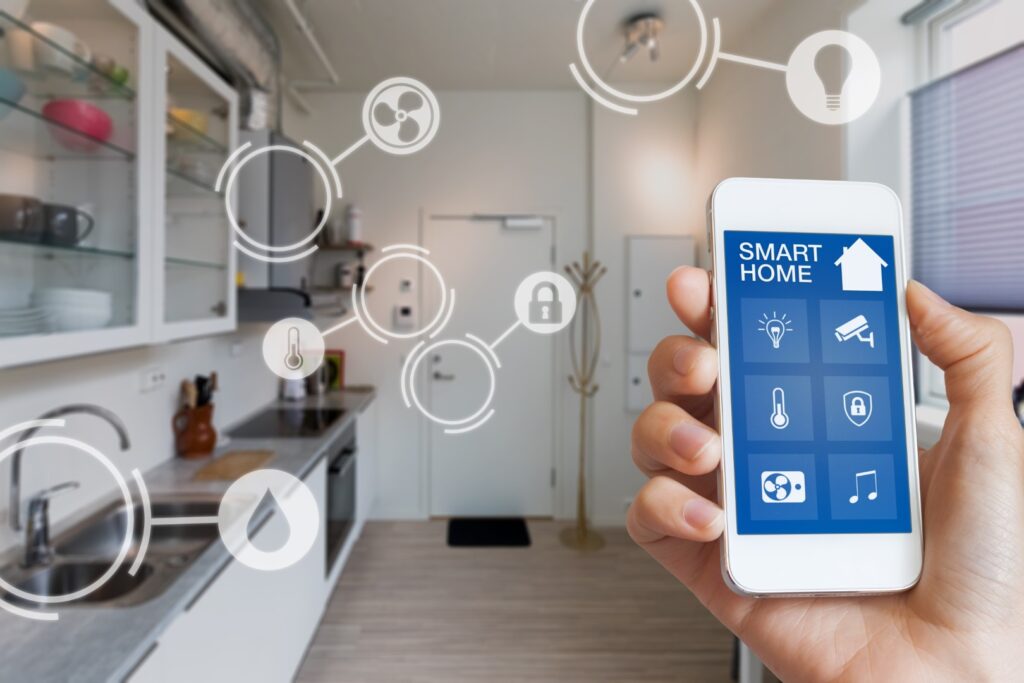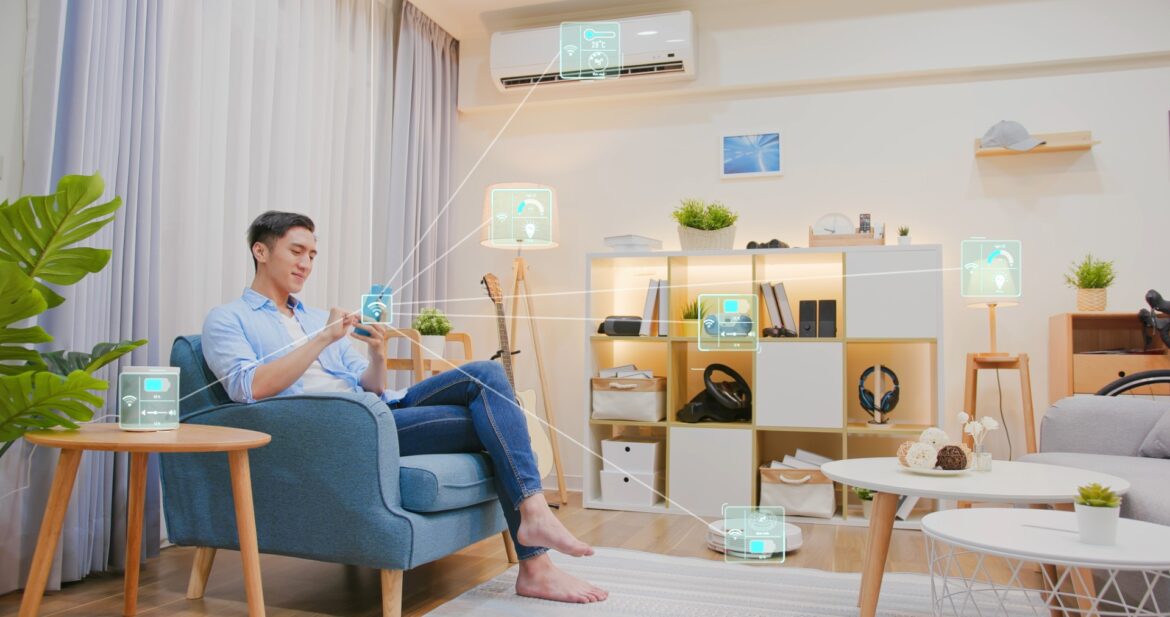AI is changing the way we live and work. It’s altering the way we communicate, how we gather information, and how we do business. We’re still in the early days of AI, but it’s already helping millions of people in more ways than you might imagine, from improving people’s lives to helping governments make better decisions.

AI is making everything smarter
AI can help you control your home with voice commands or by simply using your phone. If you want to turn on the lights, for example, you can say “Alexa” instead of reaching for your phone or switching on a lamp with a swipe of your hand. The latest smart home systems use so-called “machine learning” to learn how users interact with their homes and adjust accordingly.
AI is helping businesses succeed
It’s no surprise that many small businesses are adopting AI technologies like chatbots or virtual assistants because they can be cost-effective solutions that help boost productivity and improve customer service levels. AI technology is also being used by large companies like Amazon and Google because it has the potential to change how they operate as well as create new opportunities for growth and innovation.
AI is already being used to help businesses manage their logistics and operations, but it’s also going to create new opportunities for consumers. For example, AI will be able to help you find the perfect car based on your preferences — whether that means a luxury model or an SUV that fits your budget.
In addition to helping businesses save time and money, AI will also make life easier for consumers by helping them navigate their daily calendars and schedule meetings more efficiently. Users can set reminders on their phones so they don’t forget important appointments or events; if you’re running late for a meeting, you’ll get an alert right away so you don’t miss it.
What is a smart home?
The smart home is a term used to describe the use of technology, particularly in the home, that helps automate mundane tasks and make life easier.
The advent of AI and machine learning is changing homes and interiors faster than ever before. This is because it’s now possible to create a home with the same level of intelligence as existing products in your refrigerator or car.
Smart home technologies have exploded since they first came on the scene a few years ago. They’re becoming more affordable, easy to use, and available to more people than ever before. This can be seen in new smart home products launching every day, as well as the rapid adoption of existing technologies like Alexa and Google Home.
The near future
In 2025, AI will become even more important in our lives as we continue to see its potential in everyday tasks like ordering food delivery or controlling our lights or heating systems remotely.
The devices we use today are becoming more intelligent every day, but even with all this technology at our disposal, there are still limitations that prevent us from creating truly smart homes. Some of these limitations include:
1.Limited processing power
2.Limited storage space
3.Limited bandwidth
There are several ways in which artificial intelligence can be used to solve these issues — including using machine learning software and cloud computing services such as Amazon Web Services (AWS).

The smart home is about to get a whole lot smarter. In fact, it’s already here.
The smart home is the next generation of tech at the heart of our lives. It’s about to change everything — from the way we work and live, to the products we buy and how we travel.
Here’s why: We’re at an inflection point where AI is finally starting to make its mark on everyday life. Smartphones have been around for more than a decade, but it wasn’t until smartphones started making calls and taking pictures that they became truly useful. But now that AI has become a core feature of many smartphones (and computers), it has finally reached a tipping point where it can start turning your entire home into an intelligent system that will help you do things like find out if there’s someone at home before you come over or let you know when the last time anyone used your washing machine or microwave was — even if you don’t have an internet connection!


